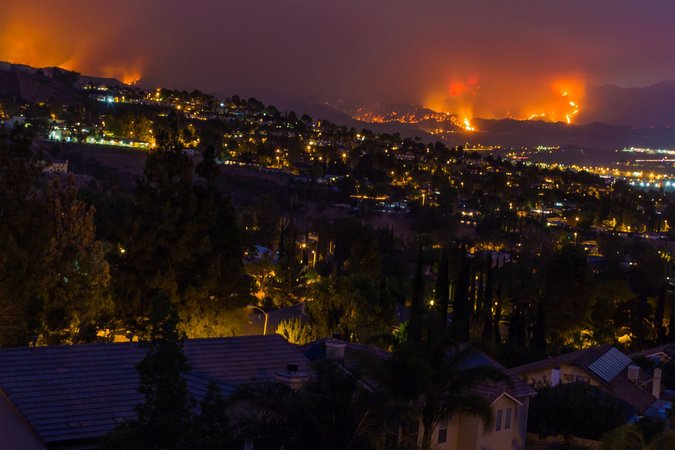After Floods, Communities Invest in Resilience Measures. But Is It Enough?
New research finds that communities routinely take measures to build resilience in the aftermath of flooding disasters, even if those measures are costly or politically fraught.
💡 What’s the story?
Each year, flooding costs the United States billions of dollars in economic damages. Future costs will depend largely on whether communities will be able to adapt to rising risk and exposure. But will they be up to the task?
The answer is a complicated one. New research from Resources for the Future (RFF) and the European Center for Risk and Resilience Studies finds that communities routinely take measures to build resilience in the aftermath of flooding disasters, even if those measures are costly or politically fraught. However, these disaster-driven responses are often not sufficient to insulate a community from future damage.
Researcher Perspective
“Preventing flood damage can be costly, politically difficult, and resource intensive. Our new study shows that some of these drawbacks take a back seat once a community has been affected by major flooding; communities are willing to put in the work once they’ve experienced these disasters firsthand. But adapting after a disaster isn’t the most efficient path: policymakers need to incentivize communities to make changes before they’re affected in the first place.”
—Yanjun (Penny) Liao, RFF Fellow
✅ How do we know?
To analyze how communities adapt after floods, the research team gathered data from the Community Rating System, a federal program that incentivizes flood preparedness. For each resilience measure that a community invests in, the program awards “points” toward a score that earns residents premium discounts under the National Flood Insurance Program. 22,000 US communities are eligible for the program and earn points by investing in higher regulatory standards, floodplain management planning, public education, stormwater management, and more.
Using this data, the authors estimated the effects of a flood event on each enrolled community’s Community Rating System score, and, if that score increased, what the community did to increase that score. For this study, the authors specifically looked at communities between 1998 and 2019.
By parsing the data, the research team was able to understand how communities responded to flooding through risk mitigation and how responses varied.
🏠 Which communities adapt, and how?
The research team found that communities with the greatest capacity—which are typically high-income and close to urban centers—have the strongest disaster-driven responses; on average, after floods, these communities amassed three times as many Community Rating System points as low-capacity communities. A community’s proximity to an urban center was a key driver of this response. The authors write that this finding highlights the uneven ability of communities to adapt to floods, as those with more resources can change in ways that disadvantaged communities cannot.
On average, communities that were already enrolled in the Community Rating System took more adaptation measures in a variety of ways after a flood and took steps that were costly or politically unpopular (i.e., stricter building codes). If a community was not part of the Community Rating System, they were more likely to join after a flood.
However, the study noted that few communities are investing in resilience measures to the degree that their Community Rating System standings are affected; any gains are relatively small. Most enrolled communities earn some discount—usually about 5–15 percent off insurance premiums—but few earn a discount of 25 percent or above. The system’s maximum discount is 45 percent.
☔ What does this mean for climate resilience?
The findings underscore the pivotal role that disaster experience plays in driving risk-mitigation investments. However, the research team notes that post-disaster adaptation is not as efficient or cost effective as proactive adaptation. They highlight the need for complementary policies and incentive structures beyond premium discounts that motivate communities to adapt before a crisis. Within this, inequity is a major player: policies will need to target vulnerable communities with limited ability and resources to adapt.
📚 Where can I learn more?
For more, read the working paper, “Community Responses in Risk Mitigation Actions: Evidence from the Community Rating System,” by Yanjun (Penny) Liao (RFF), Simon Sølvsten (European Center for Risk and Resilience Studies), and Zachary Whitlock (RFF).
Resources for the Future (RFF) is an independent, nonprofit research institution in Washington, DC. Its mission is to improve environmental, energy, and natural resource decisions through impartial economic research and policy engagement. RFF is committed to being the most widely trusted source of research insights and policy solutions leading to a healthy environment and a thriving economy.
Unless otherwise stated, the views expressed here are those of the individual authors and may differ from those of other RFF experts, its officers, or its directors. RFF does not take positions on specific legislative proposals.
For more information, please see our media resources page or contact Media Relations and Communications Manager Annie Tastet.





